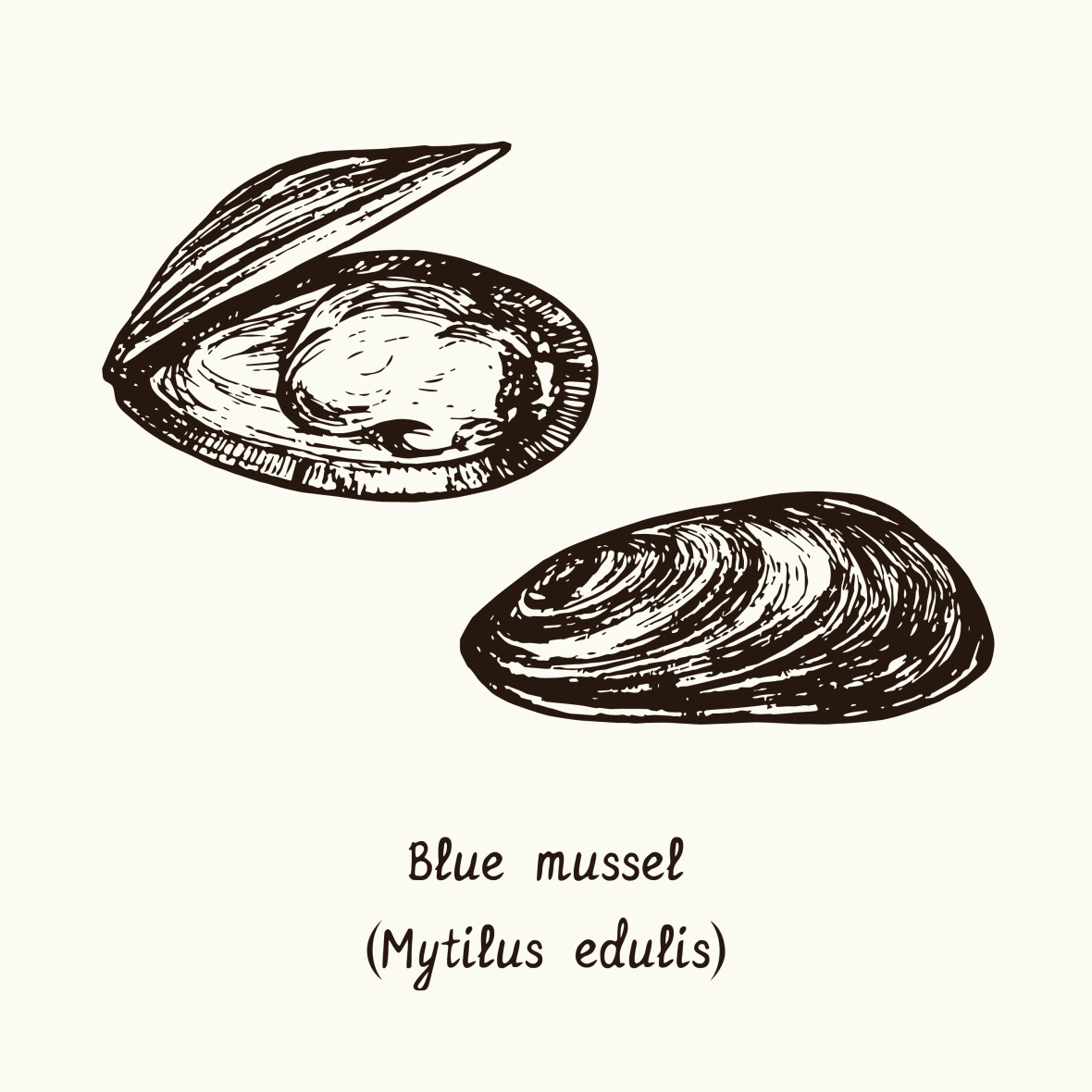Some Move with Speed and Grace, Others Slide and Goo…
28.08.2023
To what, exactly, are we referring, you may ask?
The second largest group of invertebrates on Earth are the ‘Phylum Mollusca’, a very broad group of creatures that includes everything from squid to snails. A widespread, diverse and poorly studied group, the molluscs live across marine, freshwater and terrestrial habitats. In their diversity, as much as in their specificity, these creatures both inspire and surprise. This has long been true. However, in something resembling a renaissance, scholars, designers, and fishers are turning toward edible bivalves (oysters, mussels, clams and scallops) for a host of reasons: as a form of archival knowledge, as interesting tools for conservation, environmental restoration, environmental design, as forms of carbon sequestration, as a food source and as an overall force for good.
Environmental designers may focus on oysters, for example, as modes of protecting low-lying or swampy shoreland from higher tides and storm surges, while biologists study the filtering capacity of both oysters and mussels to help clean toxic and silty waters. Geologists reconstruct paleoenvironments and track their origin and evolution from the Cambrian period, while anthropologists and historians are interested in cultivation practices which give rise to alternative economies of extraction and contribute to the flourishing of communities at the fringes of capitalism.
In a new research project at RIFS, we follow this turn toward oysters, mussels, clams and scallops, specifically as objects of hopeful activity and their transformative potential in a time of planetary crisis. Our aim is to bring together interested scholars from across these disciplines and beyond to share knowledge about what these bivalves are and how they live, but also how they pull diverse interests to them while giving rise to new conceptualizations, practices and stories about how to live differently in the communities and environments that sustain us.


